Size: 20-25CM
Sansevieria Hydroponic , also known as Snake Plant or Mother-in-law’s Tongue, can be successfully grown hydroponically, bringing its architectural beauty and air-purifying qualities to your indoor garden. Here’s a brief description of growing Sansevieria hydroponically:
Sansevieria is a popular houseplant characterized by its upright, sword-shaped leaves that come in a variety of colors and patterns. When grown hydroponically, the Snake Plant can thrive and add a touch of elegance to any indoor space.
To grow Sansevieria hydroponically:
Hydroponic System:
Choose a suitable hydroponic system, such as deep water culture (DWC) or nutrient film technique (NFT), that can accommodate the size and growth habits of Sansevieria.
Growing Medium:
Sansevieria can be grown hydroponically using an inert growing medium like perlite, vermiculite, or rockwool cubes. Ensure the medium provides stability and aeration for the roots.
Nutrient Solution:
Prepare a balanced nutrient solution specifically formulated for hydroponic plants. Sansevieria requires a mix of macronutrients (nitrogen, phosphorus, potassium) and micronutrients. Follow the manufacturer’s instructions or consult a hydroponic expert for specific nutrient requirements.
pH and EC Levels:
Maintain the pH level of the nutrient solution between 6.0 and 7.0, which is suitable for Sansevieria. Regularly monitor the electrical conductivity (EC) levels to ensure the nutrient solution remains within the appropriate range.
Lighting:
Sansevieria can tolerate a wide range of lighting conditions, from low to bright indirect light. Provide a combination of natural sunlight and artificial grow lights, such as fluorescent or LED lights, to meet the plant’s lighting requirements.
Temperature and Humidity:
Sansevieria thrives in temperatures between 60°F and 85°F (15°C and 29°C). It can tolerate low humidity levels, making it suitable for various indoor environments.
Watering and Maintenance:
Sansevieria is known for its drought-tolerant nature. Allow the growing medium to dry out partially between waterings. Avoid overwatering, as it can lead to root rot. Trim or remove any yellow or damaged leaves to maintain the plant’s appearance and health.
Pest and Disease Control:
Sansevieria is generally resistant to pests and diseases. However, monitor for common issues such as spider mites or mealybugs. If detected, use appropriate organic or hydroponic-approved methods to control and eliminate them.
Remember to research the specific requirements of your Sansevieria cultivar and consult hydroponic experts or resources for detailed guidance tailored to growing Sansevieria hydroponically. With proper care, your Sansevieria will thrive, showcasing its architectural beauty and providing a natural air-purifying element to your indoor space.


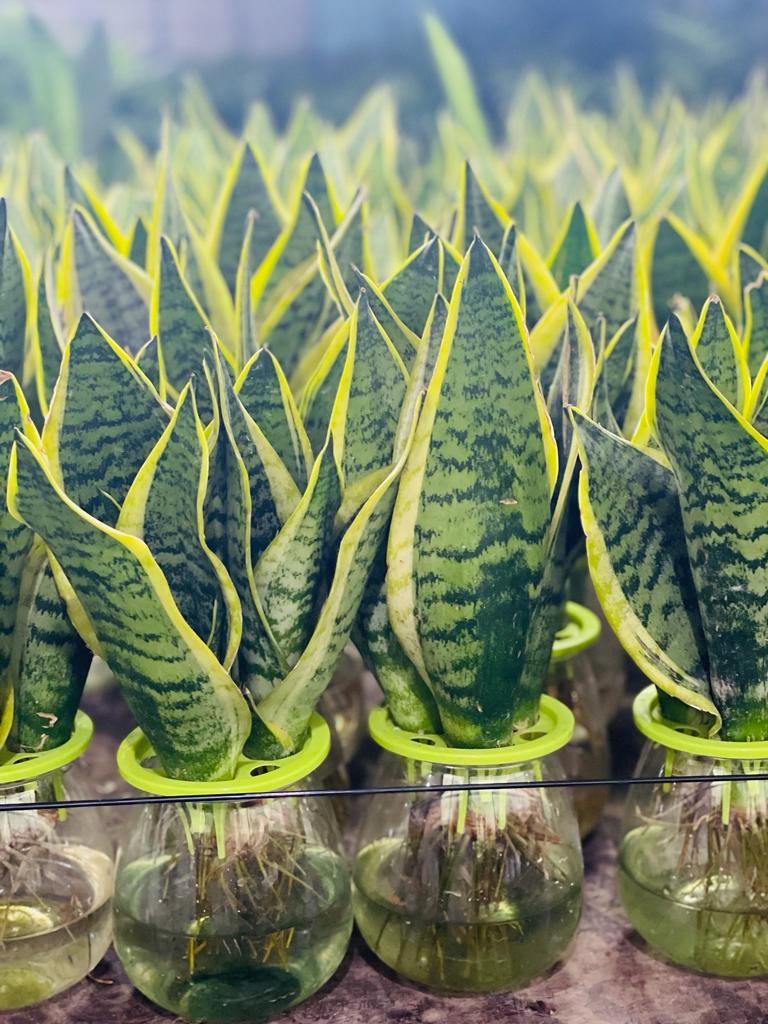
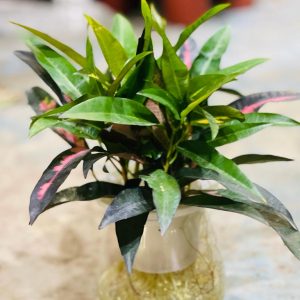
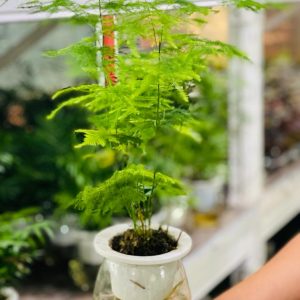
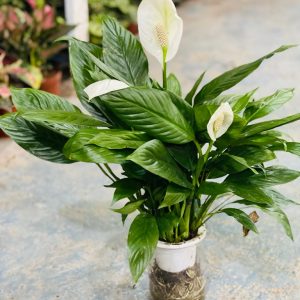
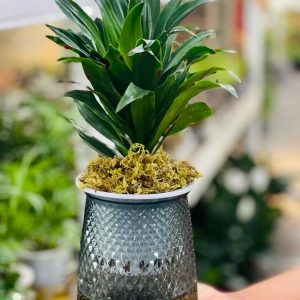
Reviews
There are no reviews yet.